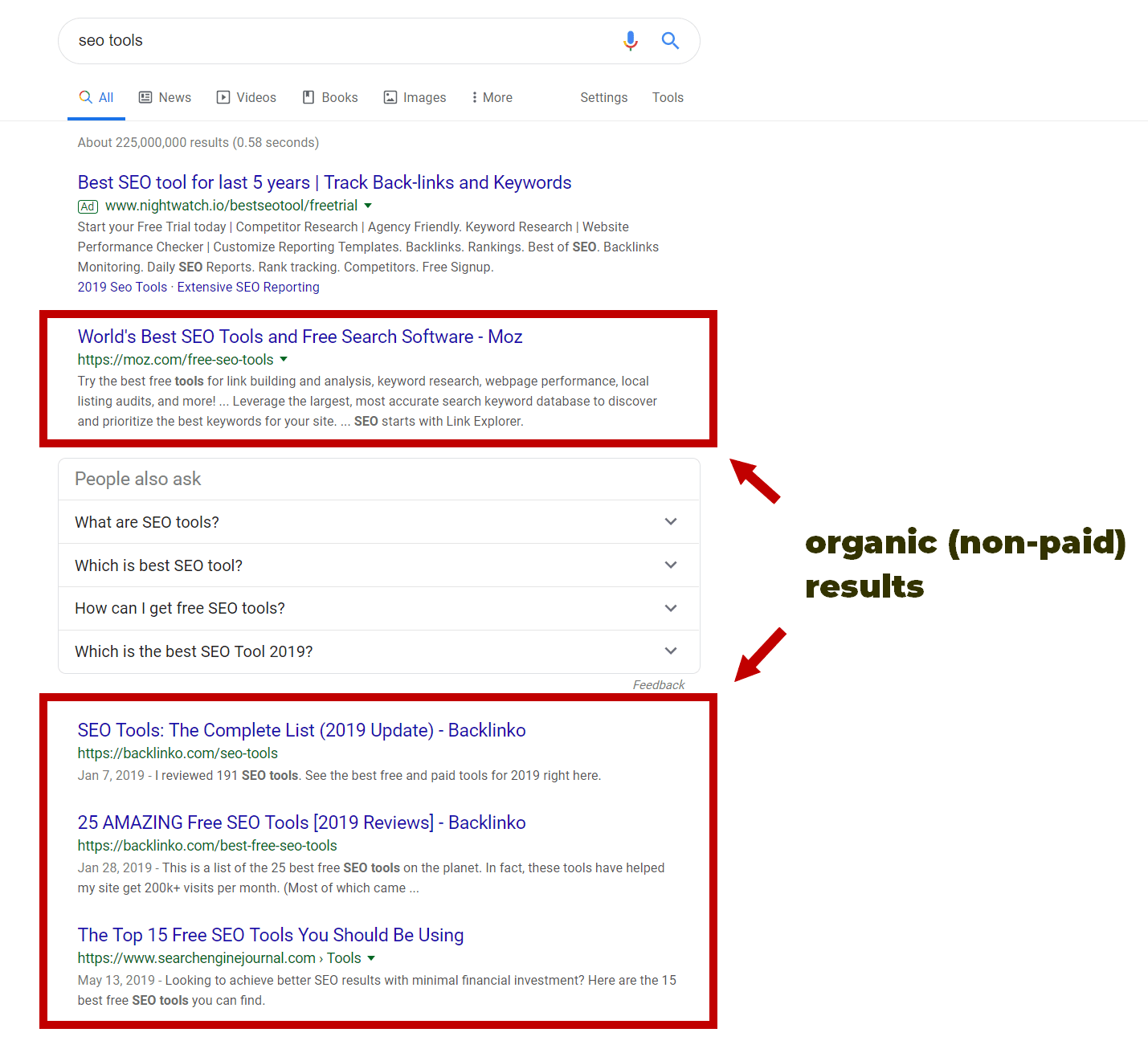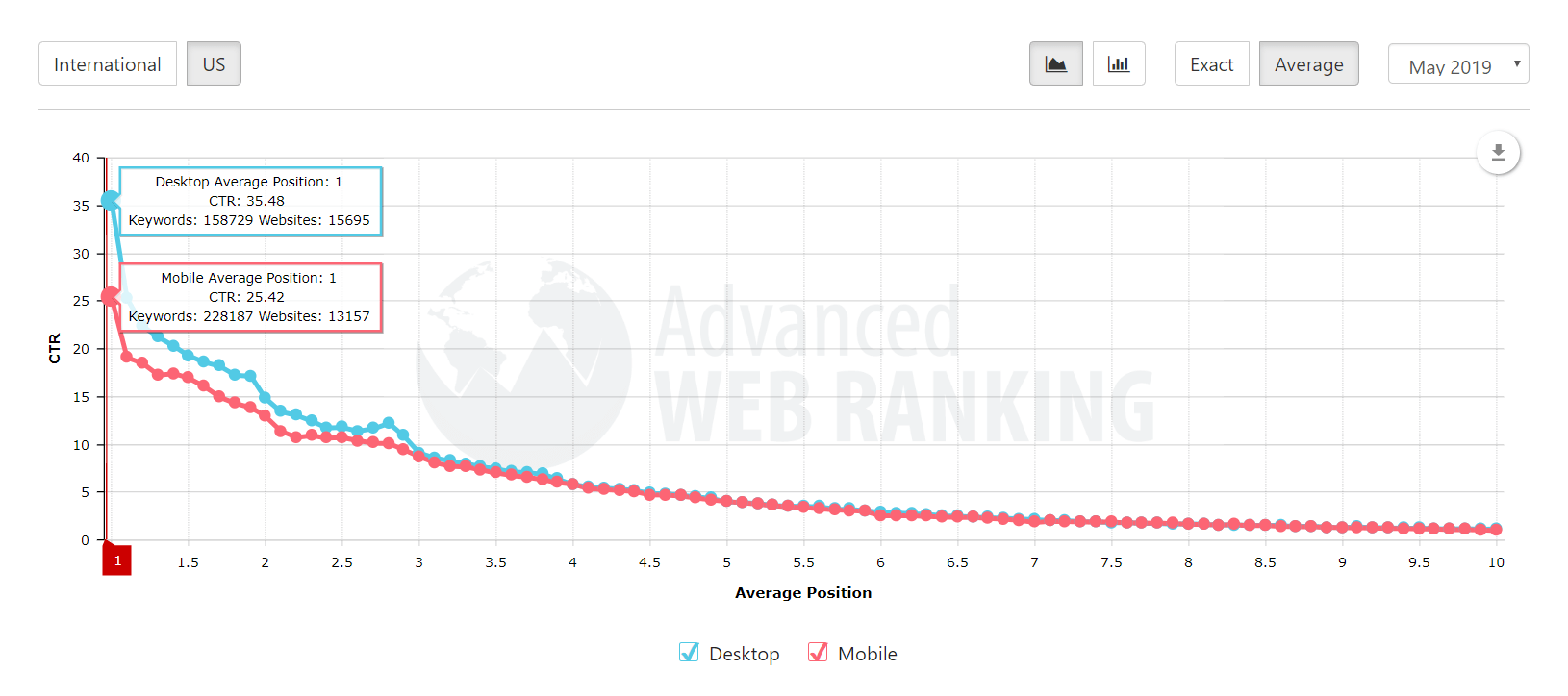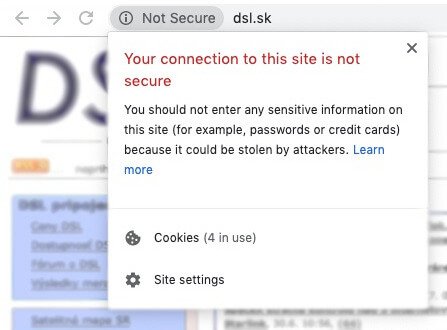
- #Get css file back that prepros wrote over code#
- #Get css file back that prepros wrote over download#
Thoriq showed you how you can use Sass from the command line using the sass -watch command. Partials are crucial when scaling your application.Bootstrap comes with Responsive Grids, and a few common web components that we can pick up to build. If not be sure to let me know in the comments below. Hopefully this process made a little sense.
#Get css file back that prepros wrote over code#
So in this case, all of our code within _reset.scss will output before any contents of the styles.scss file when it makes it to the master style.css file.

The styles.scss file will be compiled in the order that you author it. It’s worth noting that the order of imports matters. Sass is smart enough to find the file and import it directly without those additional details. Notice how when using the directive I didn’t include the file suffix or the underscore character the _reset.scss filename is prefixed with. Defining a variable is done like this: $primary-color: #000000 $primary-font: Helvetica, sans-serif #myDiv The same goes for font sizes or font family names.

Remembering HEX or RGB color codes is a royal pain sometimes so variables can save you valuable time there. Variables are without a doubt crucial to my Sass workflow. You can write dynamic CSS if you really wanted which is what makes it so much more powerful than regular CSS alone. This language can be the simplest one you ever use or get very complex depending on your needs. My favorite and probably many other people’s favorite reasons are listed below. There are many reasons to write CSS using Sass. The first flavor (my preferred style) has the file extension. Just remember to name your Sass files accordingly. As always, in the end, use whichever method you prefer. While the second flavor is certainly cleaner, I have found that it’s a little more complicated if you get your indenting wrong. This version features the curly braces while the other relies on indentation and whitespace. One flavor is much like the CSS you are used to. I won’t be writing both on this blog post because I personally only use one. If you’re interested in learning more about Gulp you should check out this post I wrote on it for an overview.
#Get css file back that prepros wrote over download#
Chances are any Github repo or open source project you download utilizes one and to get started, you need to know the basics. I can tell you from experience that it pays to learn at least one of the task running languages as I’ve mentioned prior. I personally use Codekit when working on a project that is completely handled by myself and Gulp when working with a group of designers and developers on particular projects. In the end, you’ll need to decide what works best for your situation. Some tools are GUI’s (graphical user interfaces) while others are run via command line with task runners such as Grunt or Gulp.Īll of these solutions work flawlessly with Sass. Several tools exist which provide support for Sass compilation among many other features. When you start to see the advantage of the language you’ll be hooked, I promise! I finally took the time (very little) to get more familiar with Sass and I’m happy to report I’ll never write regular ole’ CSS again. When I was introduced to Sass I didn’t see the value in learning a new language to write the same code I could already write. When Sass is compiled, depending on the tools you use, you can format your CSS however you like. It’s responsible for the generation of CSS via compilation. Sass at its core can’t run on a basic web server. You are still writing CSS, but writing less and letting a compiler handle all the heavy lifting. Sass allows you to write less code but still generate the same code you would if you were writing vanilla CSS. Sass stands for Syntactically Awesome Stylesheets. Hopefully, this post will help you see why it’s so powerful as well as popular. If you haven’t tried Sass or Less by now you are certainly missing out. At the time of this post Sass stands in at the top CSS-based language in the industry.


Organization, optimization, and overall ease-of-use were the driving forces behind the language. Developers were wanting a less repetitive solution for writing more functional CSS. Sass is a not so new CSS language that hit the web design/development world by storm several years ago.


 0 kommentar(er)
0 kommentar(er)
